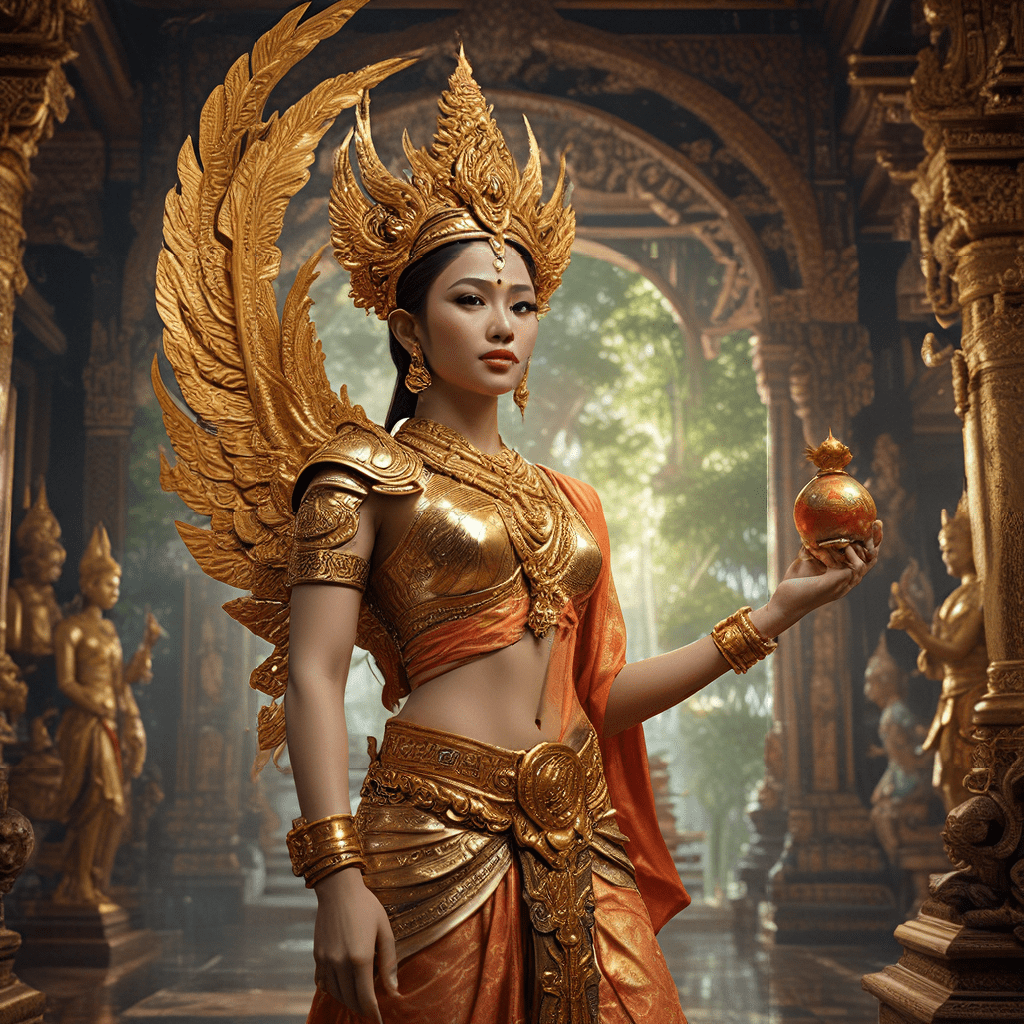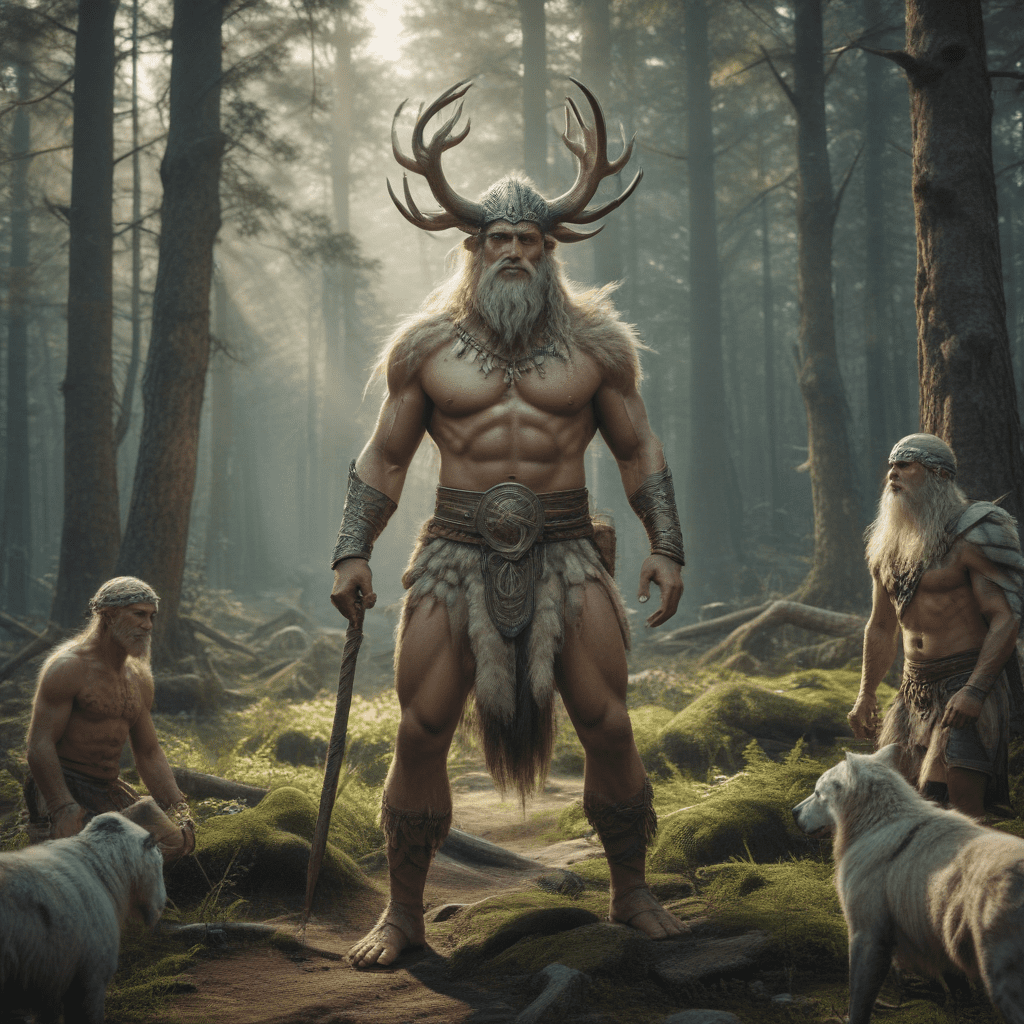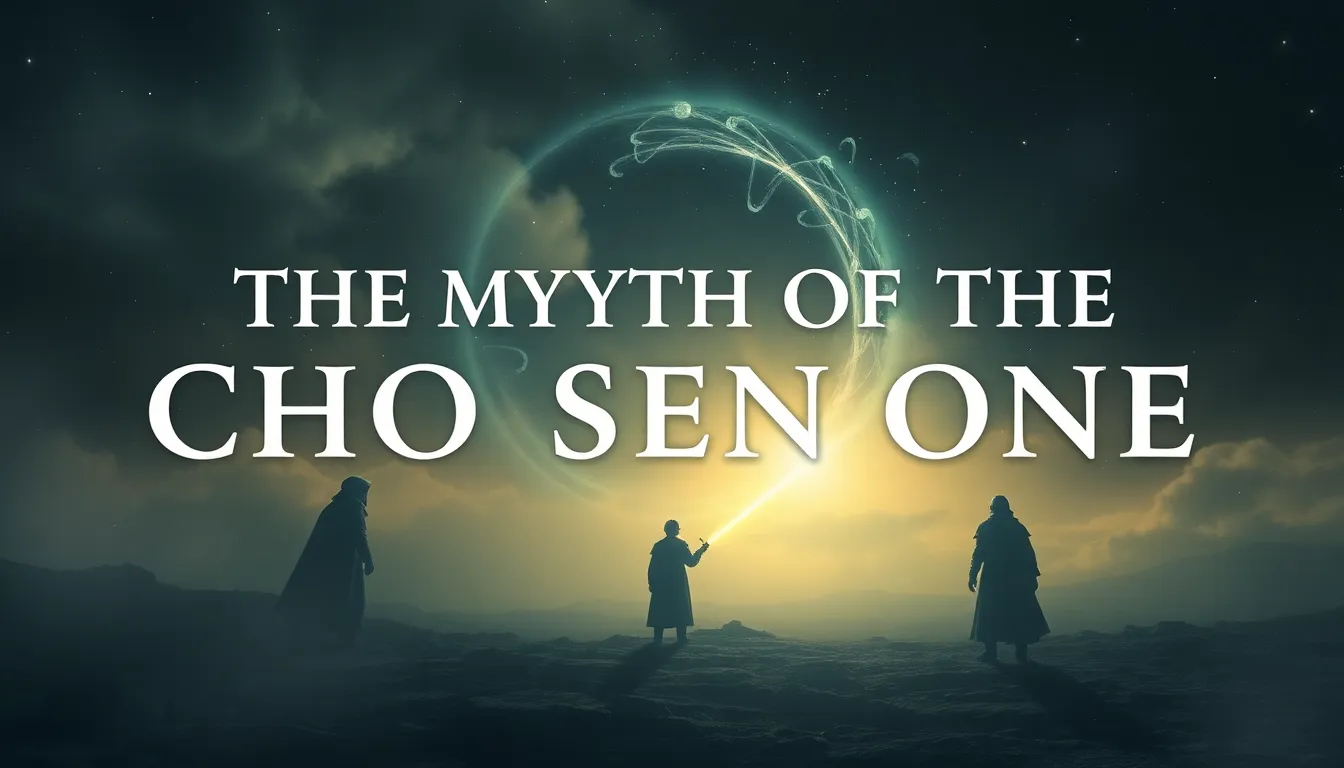Thai Mythology: A Tapestry of Gods, Demons, and Spirits
Thai mythology, a vibrant tapestry woven from ancient beliefs and folklore, reveals a world teeming with gods, demons, and spirits. It provides a fascinating window into the cultural heart of Thailand, offering insights into the values, traditions, and worldview of its people.
At the heart of this mythology lies the belief in a cosmic order governed by Brahma, the creator god. This divine pantheon features a diverse array of deities, each with their unique powers and roles. Among them are Vishnu, the preserver, Shiva, the destroyer, and Indra, the king of the gods. These deities, along with lesser gods and goddesses, interact with humans, influencing their lives and shaping their destinies.
Beyond the realm of gods, Thai mythology is populated by a vast array of spirits, both benevolent and malevolent. Some, like the Nats, are spirits of ancestors who can offer protection and guidance. Others, like the Phi, are spirits associated with specific places or objects, ranging from mischievous and playful to vengeful and dangerous. These spirits inhabit the natural world, influencing everything from the weather to the success of crops.
Thai mythology is a rich source of stories, myths, and legends passed down through generations. These tales, often centered around the exploits of gods and heroes, serve as cautionary tales, moral lessons, and explanations for natural phenomena. They also reflect the deep-rooted belief in karma, reincarnation, and the interconnectedness of life.
Modern Thai Pop Culture: A Fusion of Tradition and Innovation
While Thai mythology is deeply rooted in the past, it continues to thrive in the present through its presence in modern Thai pop culture. This fusion of tradition and innovation showcases the enduring relevance of mythology in contemporary Thai society.
Modern Thai pop culture is a dynamic landscape shaped by a diverse range of influences, including Western media, social media, and globalization. Despite these global influences, Thai culture maintains its distinct identity, with mythology playing a vital role in preserving and celebrating its unique heritage.
Thai pop culture embraces the spirit of innovation, constantly evolving and experimenting with new forms of expression. This creative energy is evident in the diverse range of media, from movies and television shows to music, fashion, and digital content.
The integration of ancient lore into modern pop culture reflects a deep appreciation for tradition and a desire to connect with the cultural roots that define Thai identity. By reinterpreting and reimagining these stories for a contemporary audience, Thai artists and creators are ensuring that the rich tapestry of mythology continues to be woven into the fabric of their society.
The Influence of Thai Mythology on Modern Pop Culture
Thai mythology has exerted a profound influence on various aspects of modern Thai pop culture, enriching its narratives, aesthetics, and themes. Its presence is evident in film, music, literature, and other forms of creative expression.
One of the most prominent ways in which mythology has shaped Thai pop culture is through its influence on storytelling. Modern Thai films, television shows, and novels often draw inspiration from mythological tales, adapting these ancient stories to fit contemporary themes and settings. This adaptation allows for the exploration of timeless themes like good versus evil, love and loss, and the consequences of human actions, all within a framework that resonates with audiences.
Beyond storytelling, Thai mythology has also shaped the visual aesthetics of modern pop culture. From the costumes and sets of films and television shows to the designs of music videos and album covers, Thai artists frequently incorporate mythological motifs. The use of intricate patterns, vibrant colors, and imagery drawn from ancient tales creates a visually stunning and culturally rich aesthetic that appeals to audiences both domestically and internationally.
Furthermore, the themes and values embedded within Thai mythology continue to influence contemporary artists and performers. Concepts like karma, reincarnation, and the importance of familial ties remain relevant to modern Thai society and are often explored in music, film, and literature. By incorporating these themes into their works, contemporary artists ensure that the timeless wisdom of Thai mythology remains alive and relevant for new generations.
Illustrious Examples: Thai Mythology in Film, Music, and Literature
The influence of Thai mythology is not merely theoretical but is demonstrably present in numerous works of contemporary Thai art.
In Thai cinema, numerous films have tapped into the rich wellspring of mythological narratives. For instance, the 2001 film "The Legend of Suriyothai," a historical epic, retells the story of Queen Suriyothai, a legendary warrior queen who sacrificed her life to protect her kingdom. This film, with its stunning visuals and gripping narrative, showcases the enduring appeal of Thai mythology to modern audiences.
Thai music, too, bears the mark of mythology. The use of traditional Thai instruments, such as the ranat (xylophone) and the khon (masked drama), alongside modern melodies creates a captivating fusion of sounds. The themes of love, loss, and destiny, often prevalent in Thai mythology, find their expression in the lyrics of contemporary songs.
In Thai literature, mythology serves as a source of inspiration for both traditional and modern authors. The ancient tales of gods, spirits, and heroes are imbued with a profound sense of history and cultural identity. Modern authors, in turn, reimagine these stories, adapting them to contemporary settings and exploring the enduring relevance of these themes.
The Cultural Significance of Thai Mythology: A Reflection of National Identity
Thai mythology, far from being simply a collection of fantastical stories, holds profound cultural significance, serving as a reflection of Thai national identity. It embodies the values, beliefs, and worldview that have shaped Thai society for centuries.
At its core, Thai mythology highlights the importance of community and family. The stories often revolve around the actions of individuals within a larger social context, emphasizing the interconnectedness of all beings. This sense of community and interconnectedness is deeply ingrained in Thai culture, shaping social interactions and the value placed on familial bonds.
Furthermore, Thai mythology stresses the importance of karma and reincarnation, highlighting the consequences of one's actions in this life and the next. This belief in karma serves as a moral compass, guiding individuals to strive for good deeds and avoid harming others. The concept of reincarnation reinforces the cyclical nature of life and death, promoting acceptance and understanding of the impermanence of all things.
Finally, Thai mythology reflects the deep respect for nature and the belief in a cosmic order that encompasses all living beings. The presence of spirits in the natural world, the veneration of ancestors, and the interconnectedness of all things, underscore the importance of harmony between humanity and the environment. This respect for nature continues to influence environmental practices and the appreciation for biodiversity in Thailand.
In essence, Thai mythology serves as a repository of cultural memory, reflecting the values and beliefs that have shaped Thai society over the centuries. It serves as a reminder of the shared heritage and national identity that binds Thai people together, even as Thai society continues to evolve in the face of globalization and modernization.
The Role of Modern Pop Culture in Shaping Perceptions of Thai Mythology
Modern Thai pop culture plays a crucial role in shaping how younger generations perceive and interpret Thai mythology. It acts as a bridge between the ancient world of folklore and the modern, digitally-driven society. Through various mediums like movies, television shows, music videos, and social media, these stories are reimagined, adapted, and presented in new ways.
For instance, the popular Thai television series "The Gifted" (2018) features a group of students with supernatural abilities. These abilities are rooted in Thai mythology, with characters displaying characteristics of various mythical creatures like Nats and Phi. This adaptation makes these ancient beliefs relatable to a contemporary audience by blending traditional folklore with modern themes of friendship, social injustice, and self-discovery.
This approach to storytelling helps break down any perceived distance between generations. Young viewers, who may not have grown up with traditional storytelling, are introduced to Thai mythology through engaging and relatable narratives. This accessibility fosters a greater appreciation for the rich cultural heritage of Thailand.
Moreover, modern pop culture often emphasizes the visual aspects of Thai mythology. The use of traditional costumes, intricate designs, and vibrant color palettes in film and music videos exposes younger audiences to the artistic expressions of Thai folklore. This exposure builds a deeper connection to these visual elements, making them instantly recognizable and adding to the cultural identity of Thailand.
The Use of Mythology as a Tool for Storytelling in Contemporary Media
The use of Thai mythology as a storytelling tool in contemporary media offers a fresh perspective on traditional narratives. Modern creators adapt these stories for a contemporary audience, incorporating modern themes and narratives. This reinterpretation allows for a deeper exploration of universal concepts like good versus evil, love and loss, and the consequences of one's actions, making them resonate with a wider audience.
For example, the popular Thai film "The Legend of Suriyothai" (2001) retells the story of Queen Suriyothai, a legendary warrior queen. The film seamlessly blends historical facts with elements of mythology, creating a captivating narrative that celebrates her bravery and sacrifice. This adaptation connects with modern audiences by emphasizing themes of courage, leadership, and selflessness, making the story relevant beyond its historical context.
Contemporary Thai movies often draw inspiration from these ancient tales, reimagining them with modern twists. These adaptations often explore themes of social justice, political corruption, and the complexities of human relationships, making them relevant to current societal issues.
Furthermore, the use of mythological creatures and characters adds a layer of intrigue and fantasy to these narratives. These beings, often imbued with supernatural powers, represent various aspects of human nature, from the dangers of greed to the importance of compassion. By exploring these themes through the lens of mythology, modern creators create captivating stories that resonate with a wider audience.
The Impact of Globalization on the Transmission of Thai Mythology
Globalization has had a profound impact on the transmission of Thai mythology. While it has led to increased awareness of Thai cultural heritage on an international stage, it has also posed challenges for preserving its authenticity. The influence of Western media and the trend towards adopting global storytelling conventions have led to a reinterpretation of Thai mythology, sometimes resulting in the dilution of its core values and messages.
For instance, the adaptation of Thai mythological stories for a global audience often involves incorporating Western elements like action sequences, special effects, and a focus on individual heroism. While these adaptations make the stories more accessible to a wider audience, they can also inadvertently diminish the emphasis on the interconnectedness of life, the importance of karma, and the respect for nature, which are central to Thai mythology.
However, globalization has also provided opportunities to share Thai mythology with a wider audience. The rise of digital platforms has facilitated the accessibility of Thai films, music, and literature globally. This increased exposure has sparked interest in Thai culture, leading to a greater appreciation for its rich storytelling traditions.
Moving forward, it is crucial to find a balance between adapting Thai mythology for a global audience and preserving its authenticity. This can be achieved by encouraging the use of traditional storytelling techniques, emphasizing the cultural values embedded in these stories, and engaging with international audiences in a way that fosters cultural understanding and respect.
Contemporary Adaptations: Reimagining Thai Mythological Figures for Modern Audiences
Contemporary adaptations of Thai mythology often reimagine these figures for a modern audience. This reinterpretation involves infusing traditional characters with modern sensibilities, adapting their powers and motivations to fit within contemporary narratives.
For instance, the mischievous spirit of the Phi often appears in modern Thai media. However, instead of being associated with specific places or objects, they are often depicted as supernatural entities with unique powers and personalities. This reinterpretation allows for greater creative freedom in storytelling, enabling creators to explore themes of personal growth, social change, and the complexities of human relationships within a fantastical framework.
These adaptations often explore the duality of nature within these characters, highlighting their potential for both good and evil. This reinterpretation prompts audiences to consider the complexities of human nature and the choices we make, adding depth and nuance to these ancient figures.
Furthermore, contemporary adaptations often introduce new perspectives on traditional tales. By reimagining these characters and their stories from a modern lens, creators challenge existing interpretations and spark fresh discussions about the values, beliefs, and themes embedded within Thai mythology. This reinterpretation not only makes these stories more relevant to contemporary audiences but also provides a platform for exploring the evolving nature of Thai cultural identity.
The Future of Thai Mythology and its Interaction with Pop Culture
The future of Thai mythology is inextricably linked to its interaction with modern pop culture. As technology continues to evolve and new forms of media emerge, the ways in which these stories are interpreted and shared will continue to transform.
The increasing popularity of online platforms and social media provides an opportunity to reach a wider audience and to engage with young viewers in new ways. This accessibility can foster greater awareness and appreciation for Thai mythology, ensuring its continued relevance for future generations.
Furthermore, the integration of virtual and augmented reality technologies offers exciting possibilities for immersive storytelling experiences. These technologies can transport audiences into the worlds of Thai mythology, enhancing their understanding and appreciation for the intricate details and cultural nuances of these ancient tales.
However, it is crucial to ensure that these adaptations remain faithful to the core values and messages embedded within Thai mythology. As these stories are reinterpreted for a modern audience, it is essential to maintain the cultural integrity and historical significance that makes them unique.
The future of Thai mythology lies in its ability to adapt and evolve while remaining true to its roots. By fostering a dialogue between tradition and innovation, modern creators can ensure that these timeless stories continue to inspire and captivate audiences for generations to come.
FAQ
Q: What is the significance of Thai mythology?
A: Thai mythology reflects the values, beliefs, and worldview of Thai people, playing a vital role in shaping their national identity. It underscores the importance of community, family, karma, respect for nature, and the interconnectedness of all beings.
Q: How does Thai mythology influence modern pop culture?
A: Thai mythology inspires storytelling, visuals, and themes in modern Thai pop culture. These stories are adapted to contemporary settings, exploring timeless themes and values.
Q: How are contemporary adaptations reimagining Thai mythological figures?
A: These adaptations often infuse traditional figures with modern sensibilities, exploring their duality and introducing new perspectives on ancient tales. This approach allows for greater creative freedom and makes the stories more relevant to modern audiences.
Q: What is the future of Thai mythology and its interaction with pop culture?
A: The future lies in adapting and evolving while remaining true to its roots. Exciting technologies like virtual and augmented reality offer opportunities for immersive storytelling experiences, ensuring these stories continue to captivate audiences.



